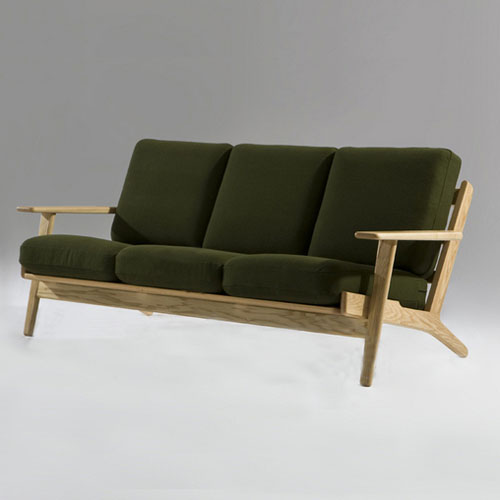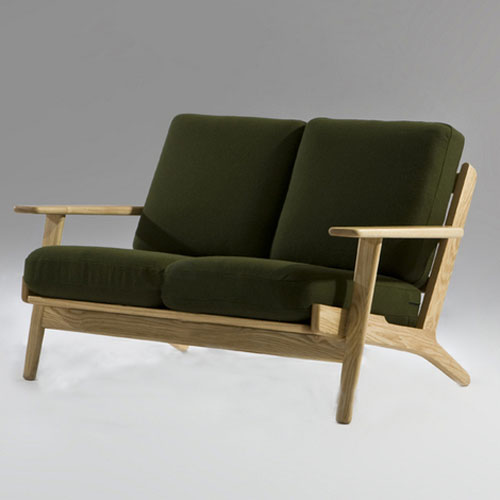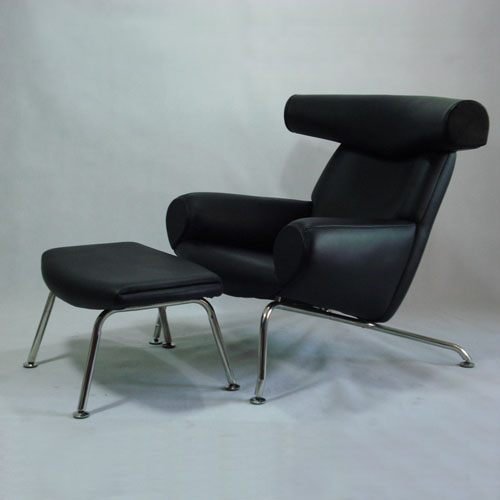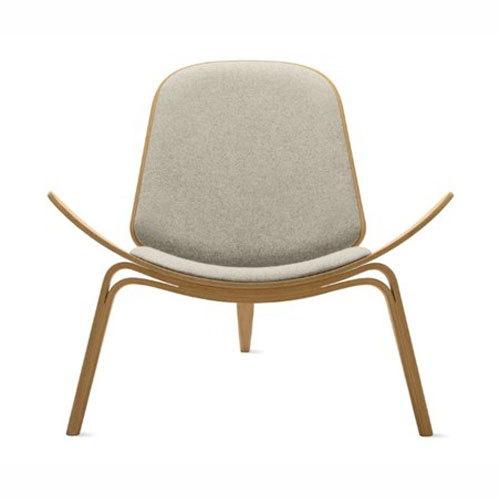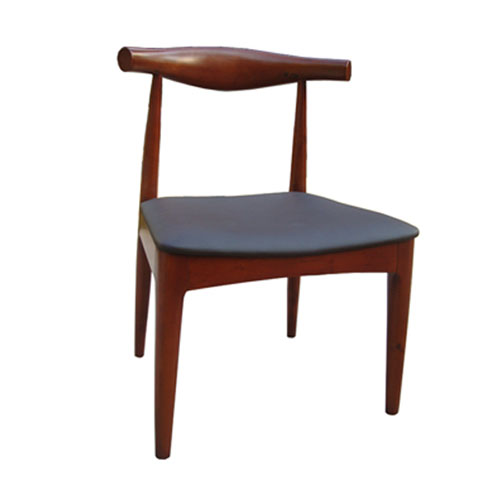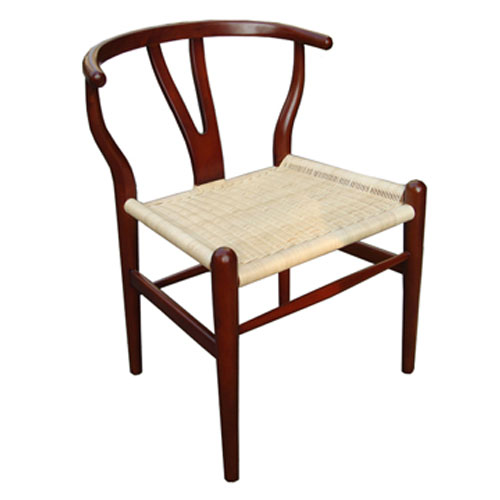Site Information
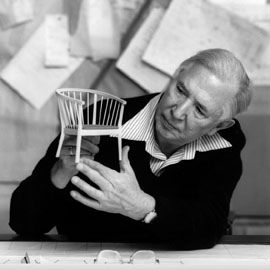 Hans J. Wegner 1914 - 2007
Hans J. Wegner 1914 - 2007 Hans Wegner was born in 1914: T?nder, Denmark where he completed his early education and was trained as a cabinet maker. In 1936, at the age of 22 he attended the School of Arts and Crafts in Copenhagen, returning later as a tutor.
He worked as an assistant to Erik M?ller and Arne Jacobsen until 1943, helping on their design for the ?rhus Town Hall, and adding some of his own furniture. In 1943 he opened his own office and came out with the Chinese chair which, along with his 1949 "Round" chair would provide the basis for many of his later chairs.
Interiors magazine, in America, put the Round chair on the cover in 1950 and called it ’the world’s most beautiful chair,?catapulting Wegner into international fame and sparking a profitable export market. It became known simply as,The Chair and began making high profile appearances like the televised 1961 presidential debates between Nixon and Kennedy . Of the design Wegner said, "many foreigners have asked me how we made the Danish style. And I’ve answered that it...was rather a continuous process of purification, and for me of simplification, to cut down to the simplest possible elements of four legs, a seat and combined top rail and arm rest."
While "the Chair" is the probably the chief icon of Wegner’s career, and a form that he revisits often, he is responsible for a number of other designs. He and Johannes Hansen exhibited a joint project at the Cabinetmakers show every year from 1941-66, Wegner claiming that it was "more like a game...we had to have something to display every autumn." His own chair designs from those decades, manufactured primarily today by PP M?bler, were made with the modern, sculptural idea that they could stand on their own, rather than as parts of a furniture set. The Peacock chair from 1947, with a slatted back rest fanning out to evoke the bird’s plume, was inspired by the traditional "Windsor" chair. His 1949 Folding Chair hung on the wall, and his Shell chair from the same year experimented with curving the wood in three dimensions to form the seat. The multi-purpose Valet Chair, designed in 1953, had elements for hanging up or storing each piece of a Mans Suit. The backrest is carved to be used as a coat hanger, pants can be hung on a rail at the edge of the seat and everything else can be stowed in a storage space underneath the seat.
Home | Show Room | Material Option | Contact Us | Designers | About Us | Customer Service | New Products | Payment Method | Site Map
E-mail: sales@scotthowardcn.com TEL: +8613923852390
Copyright © 2010 www.scotthowardcn.com All Rights Reserved




